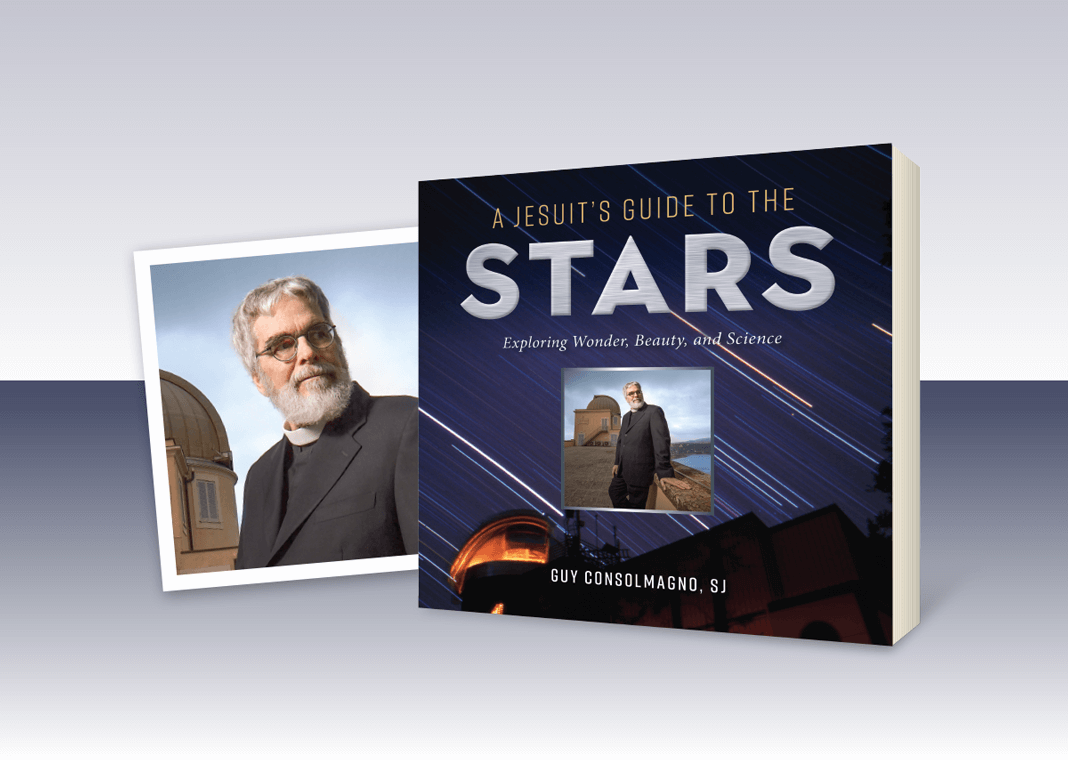When was the last time you contemplated the marvelous things without number that God has done in this universe? Do you know where to find the Bear and Orion, the Pleiades and the chambers of the south? Those are constellations, after all—things in the sky that in principle anyone can see for themselves.
In The Discarded Image, based on his literature lectures at Oxford and Cambridge, C. S. Lewis insisted that to understand how the universe looked to medieval and Renaissance authors, we “must go out on a starry night and walk about for half an hour trying to see the skies in terms of the old cosmology.” Here are some exercises, specific things you can do to make yourself more aware of the stars overhead.
Learn to see the sky. Go outside every night at about the same time and keep a diary of what you see. Find a good place to look at the stars. You must go outside; you cannot really see the sky through a window (as all prisoners know), so why imprison yourself indoors at night? The place where you observe should be dark, away from city lights; it should be open, away from trees and tall buildings; it should be easy to get to.
Is the Moon visible? Where is it located? Is it in a different place, or a different shape, from last night? If you can’t see it in the nighttime sky, look for it in the daytime!
Where is the brightest star you see in the sky? Describe its position in terms of cardinal direction (north, south, east, and west) and approximate height above the horizon. Using your fist, at arm’s length, as a standard measure, figure out how many fists above the horizon the star is.
Can you find the Big Dipper or Cassiopeia—five stars in the shape of a big W? Throughout the year, one or the other is always easily visible in the northern part of the sky. (If you live too far south of the equator to see them, look for the Southern Cross.) Where are they located? How big across are they in terms of your standard measure of fist at arm’s length?
Can you see any stars that have a color other than silvery-white? If so, where are they located? Can you find any clusters of stars, all bunched close to each other like a little cloud of light—until you look more closely?
If you have a clear horizon to the east, find a bright star (or the Moon) near the horizon and watch it rise. Notice the stars that are visible when you start gazing and where they are when you finally go indoors, half an hour later at least. If you have a clear horizon to the west, watch some star (or the Moon) as it sets.
Imagine you are an ancient Chaldean shepherd out at night with your sheep, gazing up at the stars. What do you think you would make of them? Imagine you are a medieval scholar, living at a time when the commonly accepted view of the universe describes the sky as a fixed orb of stars overhead and the planets as attached to transparent rotating spheres between those stars and us. Do you feel a sense of up and down? A sense of absolute smallness compared to the universe?
This is an act of prayer we’re talking about, so treat it as such.
—Excerpted from A Jesuit’s Guide to the Stars by Guy J. Consolmagno, SJ


Thanks. It’s time to leave our dungeons and take a look. The Reverend Guy Consolmagno has offered us a set of ways to widen our sky-consciousness. There are lots and lots of unique marvels out there that are waiting for our attention.